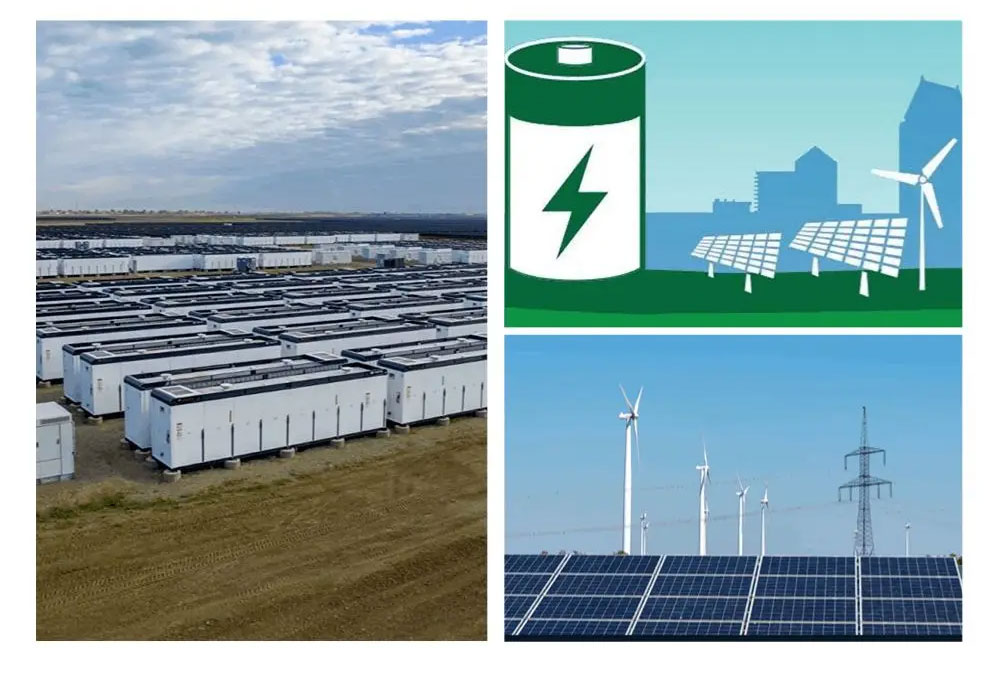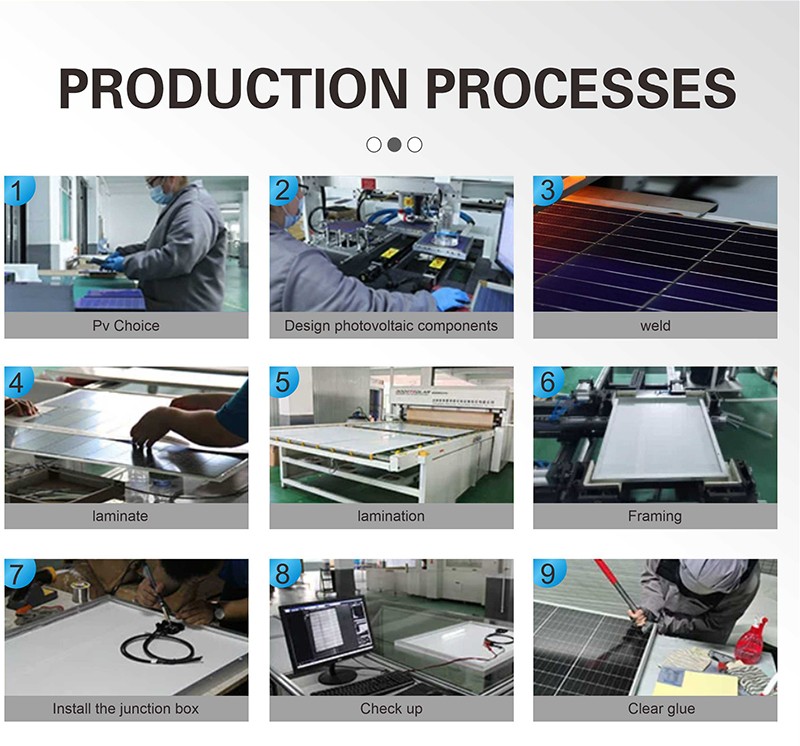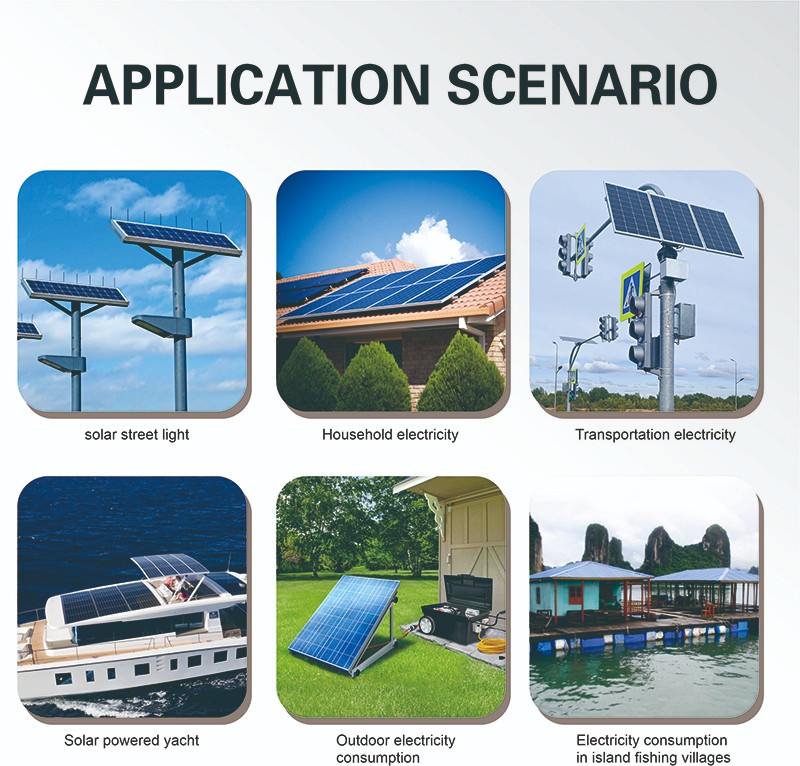Combining solar energy with storage technologies exemplifies a strategic approach to addressing the mismatch between energy generation and peak demand. Solar power isn't consistently available when energy demand is highest, often peaking in late afternoons and evenings during summers when solar output wanes. These periods coincide with the hottest parts of the day and increased household energy usage for cooling, cooking, and appliance operation upon residents' return from work.
Storage enables solar energy to contribute to the grid even during periods without sunlight, smoothening out fluctuations in solar power injection into t
he grid caused by variable sunlight intensity on photovoltaic (PV) panels or concentrating solar thermal power (CSP) systems. Factors such as seasons, time of day, cloud cover, dust, smog, shadows, rain, snow, and soiling can all impact solar production. Energy storage can be co-located with solar systems or situated separately, yet in either configuration, it facilitates the more efficient integration of solar energy into the energy mix.
Energy storage refers to the technology capable of capturing electrical energy, storing it in another form of energy (such as chemical, thermal, or mechanical), and releasing it when required. Lithium-ion batteries represent one such technology. Although energy storage is never 100% efficient due to energy losses during conversion and retrieval, it permits the flexible utilization of energy at times separate from its generation. Thus, storage enhances system efficiency, resilience, and power quality by aligning supply with demand.
Storage facilities vary in terms of energy capacity (the total amount of energy that can be stored, usually measured in kilowatt-hours or megawatt-hours) and power capacity (the rate at which energy can be discharged, typically measured in kilowatts or megawatts). Different combinations of energy and power capacities cater to diverse operational tasks, with short-duration storage lasting mere minutes to smooth solar plant operations during transient cloud cover, and long-duration storage providing power over days or weeks during low solar yield or significant weather events.
•Balancing Electricity Loads: Without storage, electricity must be generated and consumed simultaneously, leading grid operators to curtail generation to avoid overproduction and maintain grid reliability. Storage allows for charging during periods of high generation and low consumption, then discharging when demand is high, ensuring a stable supply even when solar output is minimal or during periods of peak evening demand. This turns storage into an insurance policy for sunlight.
•Stabilizing Solar Generation: Short-term storage aids in mitigating the impacts of sudden power fluctuations on solar plant output. Small-scale batteries can bridge gaps caused by fleeting cloud coverage, maintaining a consistent and reliable 'firm' power supply for the grid.
•Enhancing Resilience: Solar and storage systems can act as backup power sources during electricity outages, ensuring continuity of critical services like communications through microgrids or portable power units for small-scale applications. They guarantee uninterrupted basic services, underscoring the value of solar-storage integration in enhancing grid reliability and responsiveness.

Raderenergy is a high-tech enterprise specializing in the research, development, production of solar panels and solar battery storage manufacturers. Our product range encompasses Mono Half Cell, Standard Mono Panels, Full Black Solar Panels, Poly Solar Panels, and Topcon Solar Panels.
Warranty: 25 Years



Choosing between single-phase and three-phase po
"Revolutionizing energy storage, advancements in
Here is an introduction to one of the best batte
Contact: Thomas
Phone: +8618025306280
Tel: +86-0755-32872175
Email: hello@raderenergy.com
Add: Block A, Ketujia Building, Fucheng Street, Longhua District, Shenzhen, PRC